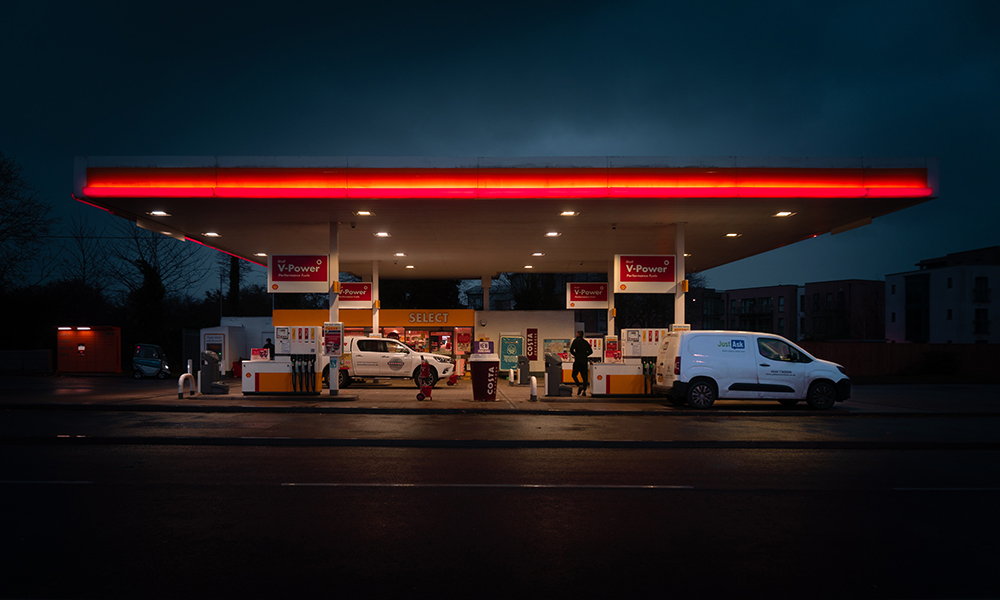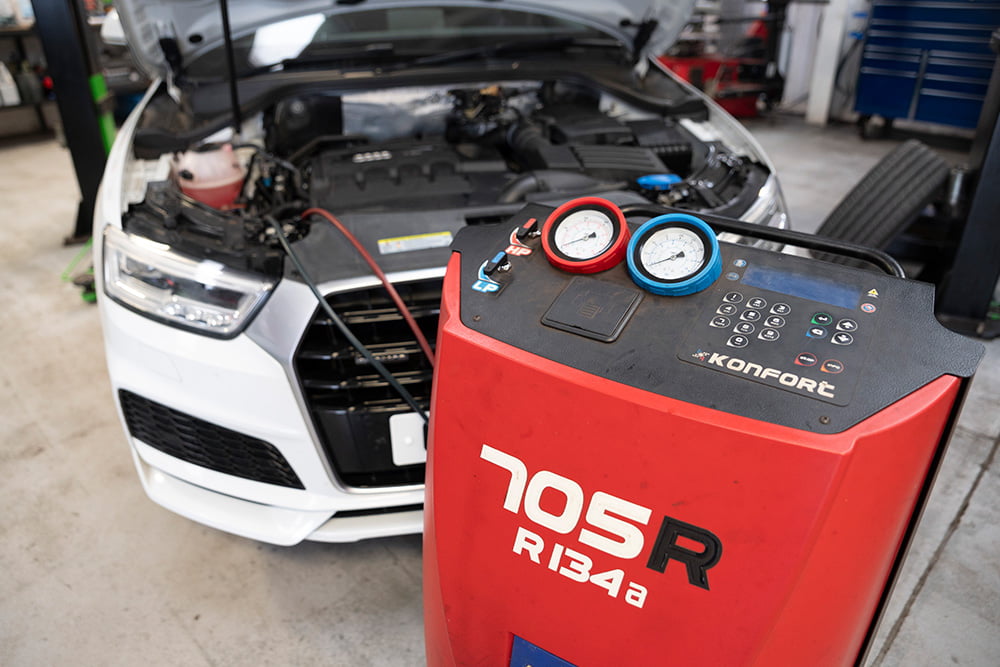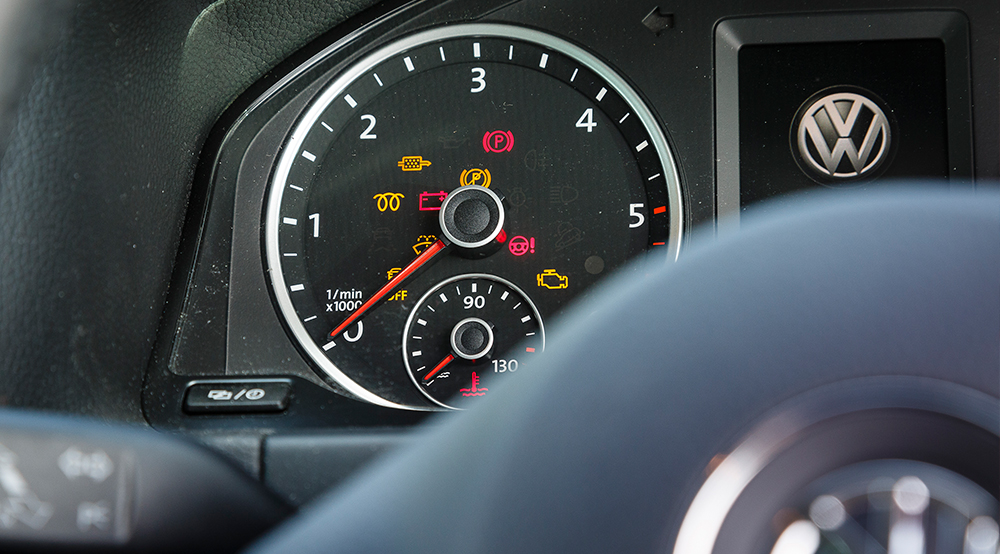Smart motorway changes you need to be aware of

When it comes to smart motorways, there’s disagreement amongst everyone who has to use them. Road users, politicians and even us at Vasstech’s Durham garage have stopped to wonder if they’re serving any benefit to those on the motorway. Yet, regardless of how you feel about them, it’s best to get to grips with smart motorways as it appears, they’re here to stay.
Highways England has confirmed that by 2025, an additional 300 miles of smart motorways will exist in England. As with most new laws and road features, you don’t want to be caught out in the face of new infrastructure. So here at Vasstech, we’ve decided to sum up the changes smart motorways will bring to your road journeys and hopefully answer a few common questions along the way.
What is a smart motorway?
Smart motorways are sections of motorways that have systems put in place to reduce congestion on them. The idea that the road system can change to adapt to the level of traffic on the road and the reactive nature of these motorways classifies these sections as “smart”.
The changes you can expect to see aren’t too drastic but instead involve opening up the hard shoulder as an extra lane and adjusting speed limits to manage traffic. The theory behind these adaptations meant that Highways England wouldn’t have to cause wide-scale disruptions when building extra lanes, not to mention the reduced environmental impact or the lack of added costs that come with an additional lane.
Types of Smart motorway
If you were travelling to our car garage in Durham and found yourself on a smart motorway, it could fall into one of three types. These consist of “all lane running”, “dynamic hard shoulder”, and “controller motorway”. While the names feel reasonably self-explanatory, it doesn’t hurt to brush up on the three differences.
All lane running
Removing the hard shoulder permanently and turning it into a running lane, these motorways are all lane running schemes. In the case of a broken down vehicle or obstruction in what was the hard shoulder, these types of motorways indicate which lanes aren’t fit for driving in by showing red X’s on overhead gantry’s or verge mounted signs. Should you find yourself in a lane that’s designated by a red X, you should leave as soon as safely possible.
With speed cameras set up along the motorway, it’s essential that you follow these guidelines as not only could you find yourself fined, but also endangering the safety of others. Likewise, speed limits can be enforced using the same sign system, so paying extra attention to signs while on the motorway would be wise.
Dynamic hard shoulder
Similar to all lane running schemes, the Dynamic hard shoulder utilises the motorway’s hard shoulder during busy periods to ease congestion. Again, if there’s an obstruction in the lane, the gantry will display a red X, meaning you have to leave, and speed limits are subject to change.
Controlled Motorway
Unlike the other two schemes, the hard shoulder in the controlled motorway is used only in emergencies as it would on a traditional motorway. The only difference between a controlled motorway and a traditional one is that the speed in specific lanes can vary, as displayed on the overhead gantry. It’s worth noting that if there is no display, you should assume the national speed limit applies. At Vasstech, we’ve heard concerns about sudden shifts in speed limits catching out drivers, but there is a grace period before you can be fined, allowing for a change of pace.
What happens if I break down?
Unfortunately, breakdowns have a habit of occurring when you least need them to, whether on the way to somewhere important, when the weather is terrible, or potentially when you’re on a smart motorway. If you happen to find yourself in a spot of trouble when on a smart motorway with a hard shoulder as a running lane, it’s best to follow the instructions found here.
However, as in most things, prevention is the best cure, and regular checkups can help detect any significant issues before they arise. If you want to schedule a checkup for your car at our garage in Durham, please get in touch today.





























































